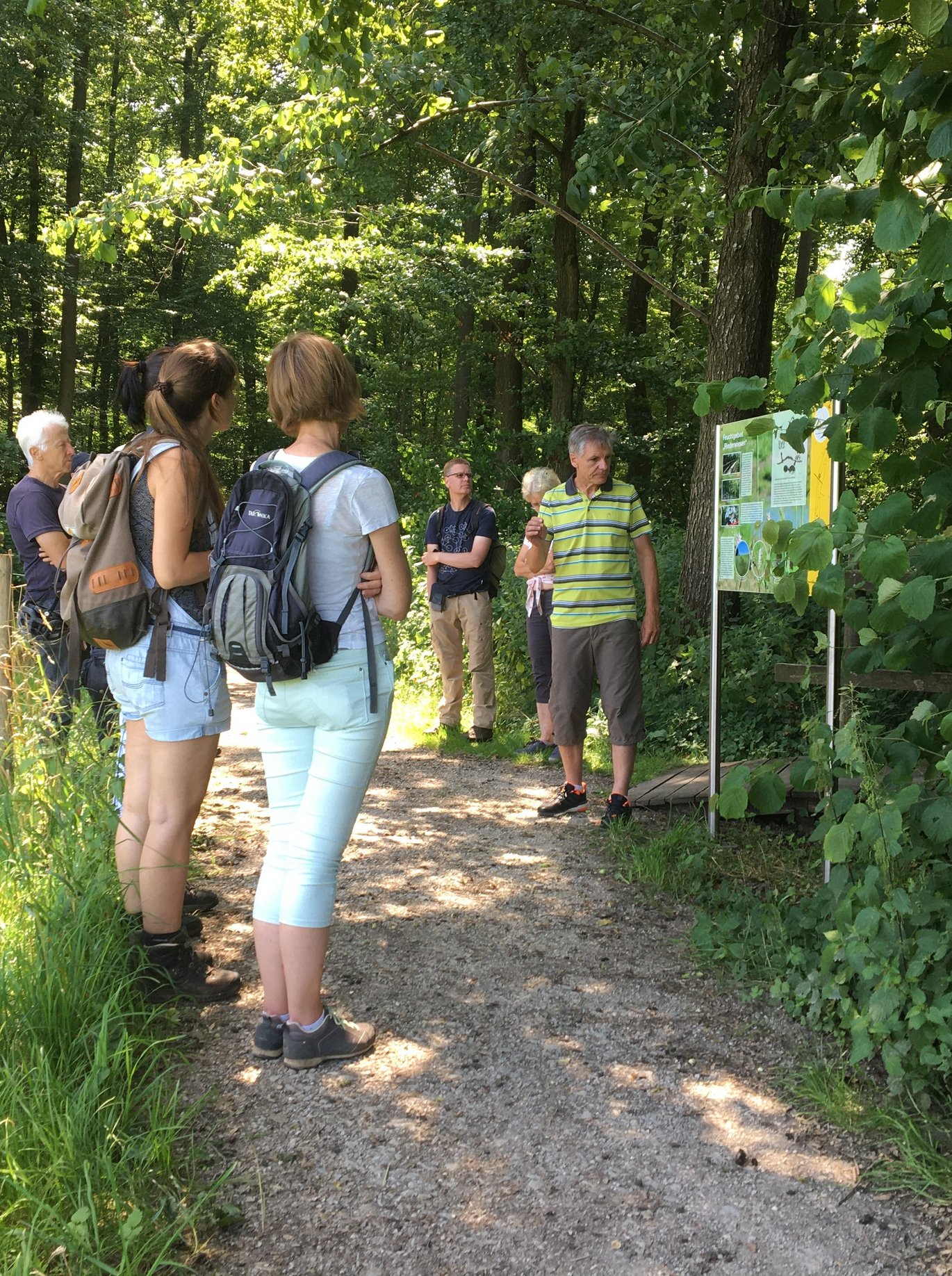Space is a scarce commodity. Within built-up structures, the demands on uncoded areas are enormous. Green spaces for local recreation and leisure activities, nature conservation, cold air generation and urban food cultivation are just some of the demands that are currently competing for the few available open spaces in the city center. In terms of avoiding further land take outside the settlement area, the approach of redensification creates additional pressure on the remaining free inner-city space. The focus here is on building on existing gaps between buildings or adding storeys to buildings.
The challenge of high-quality and sustainable compensation in the settlement area lies in combining the different requirements in order to avoid creating isolated and one-sided functional spaces.
Compensation measures can help to preserve and develop established cultural landscapes on the edges of settlements in the long term, stabilize and improve the landscape water balance and create high-quality habitats for animal and plant species. The targeted implementation of compensation measures at the edge of settlements can help to develop a smooth transition between the settlement and the landscape. At the same time, synergy effects are created that have a positive impact on local recreation and the landscape.
Landscape model settlement edge

The Stuttgart Region has a variety of landscapes. One of these is the urban fringe. What currently characterizes the settlement edge and what would it look like in an ideal-typical state in the future? The document discusses how compensation measures can contribute to achieving the ideal-typical state.
Possibilities for the multifunctional design of compensation measures

How can multifunctional areas be created that promote various ecosystem services? In an online seminar, experts representing various protected assets discussed the opportunities opened up by multifunctional measures, as well as their limitations.









